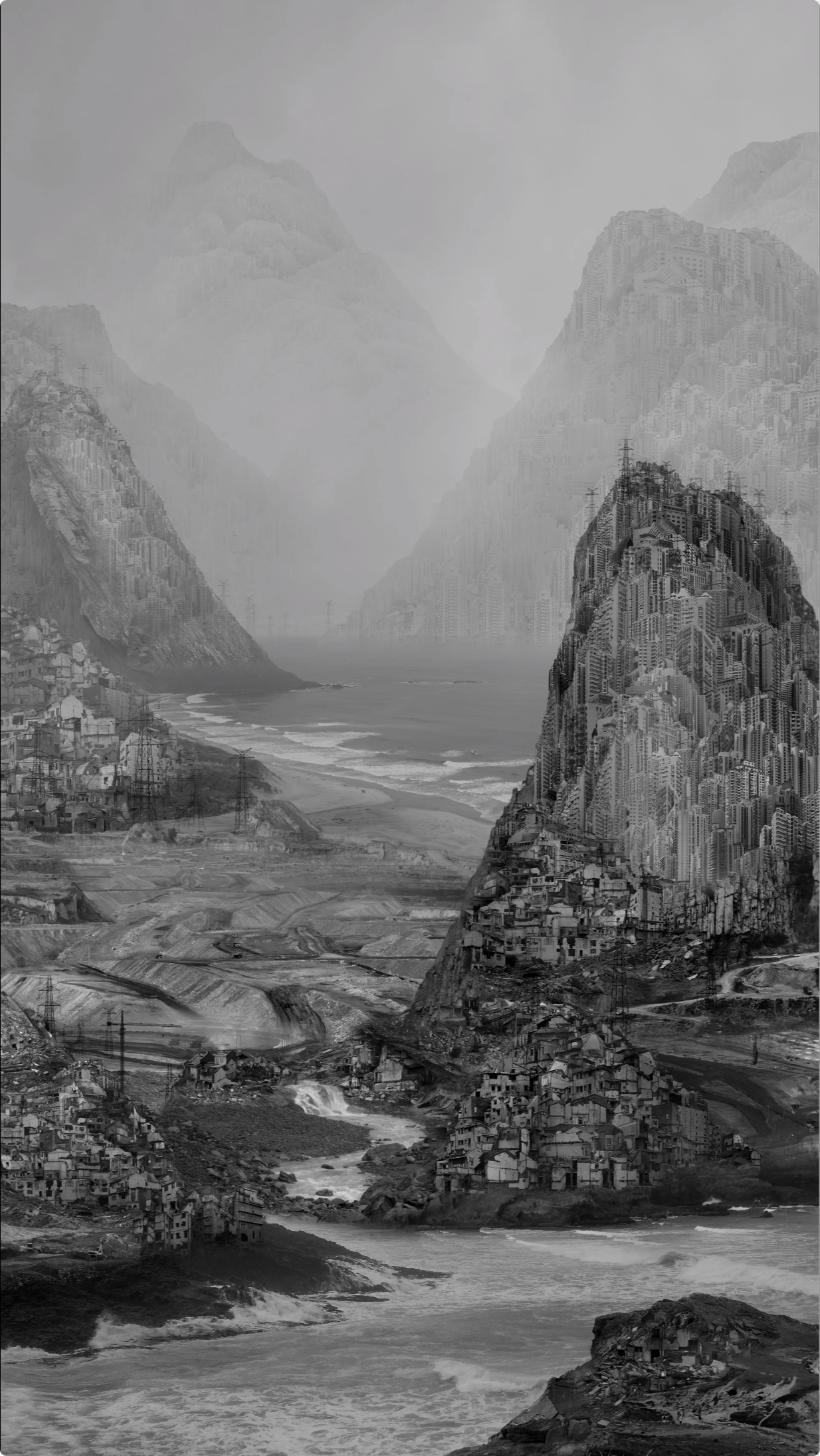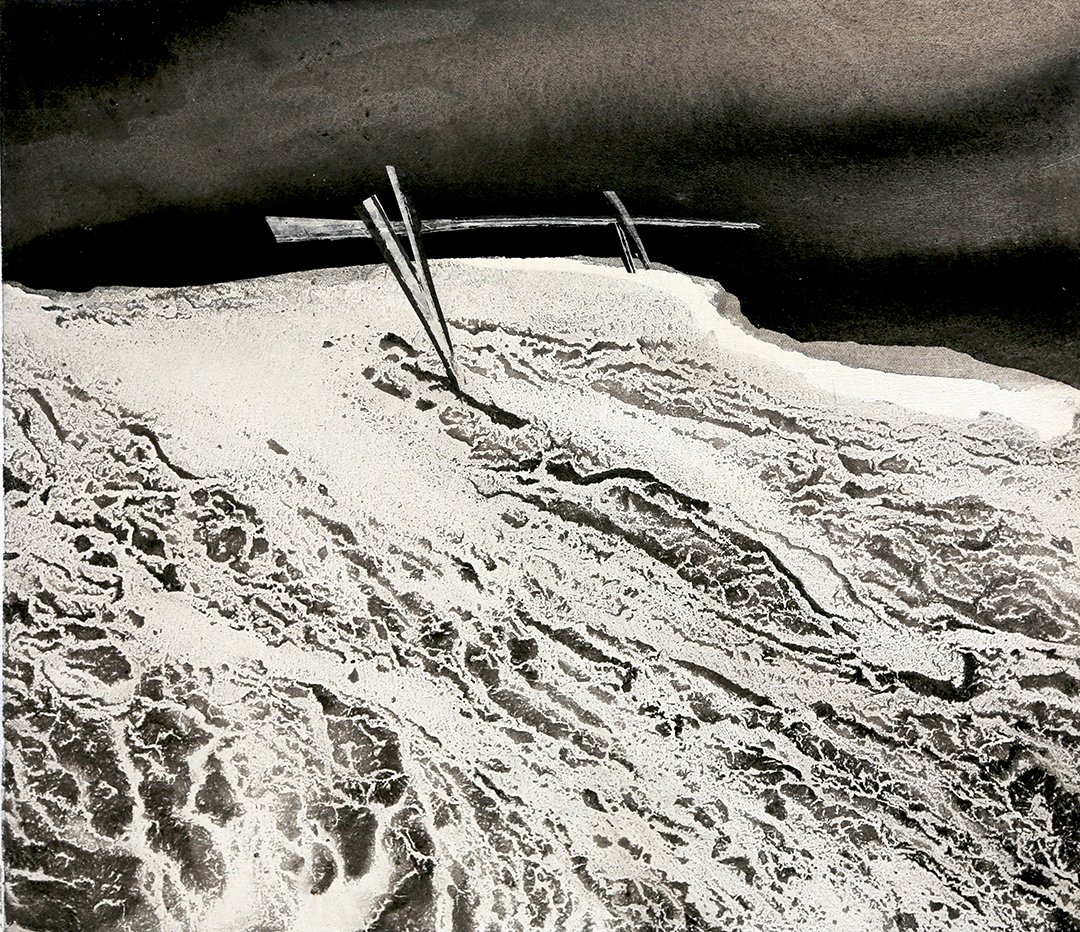
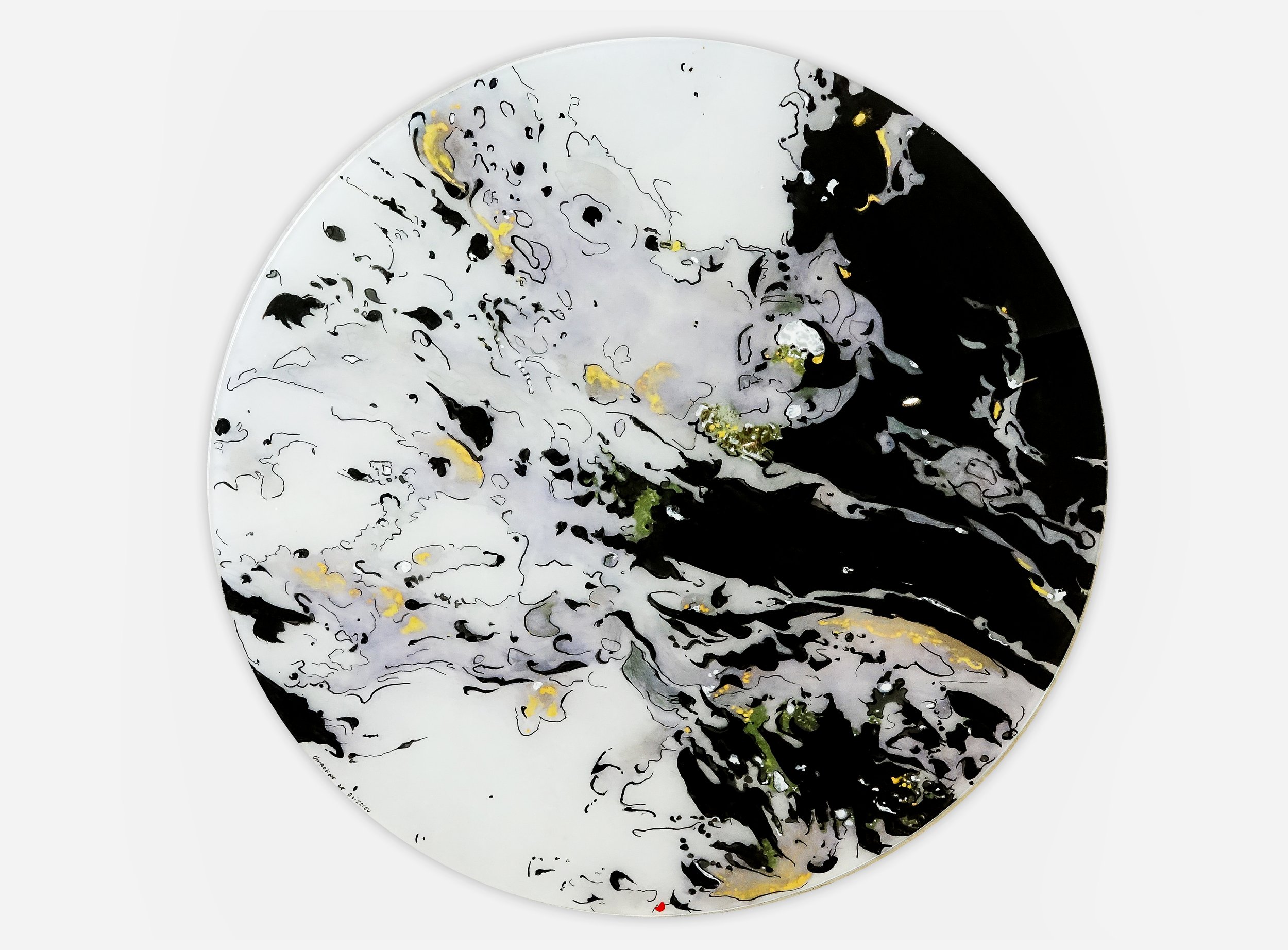
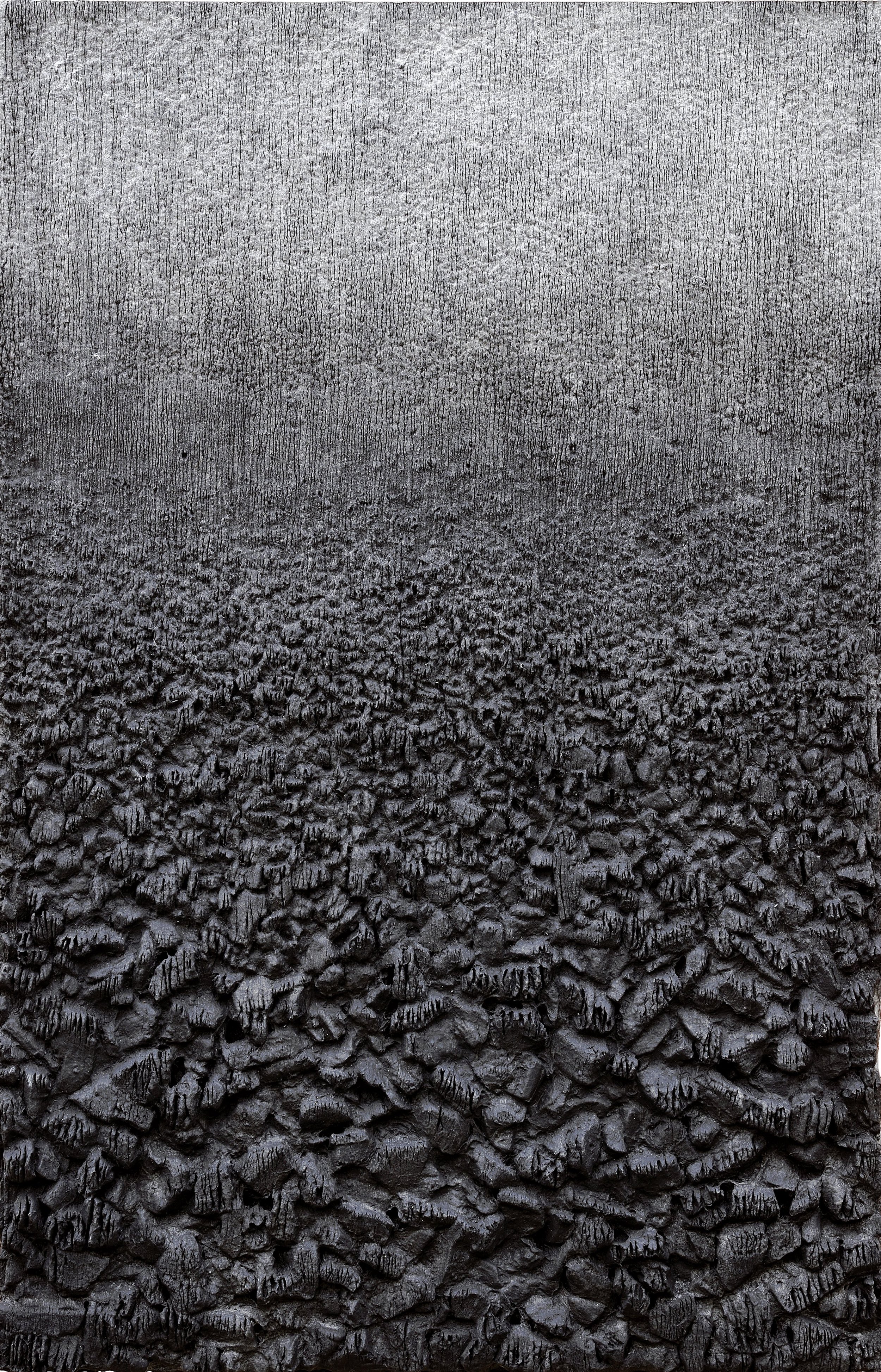
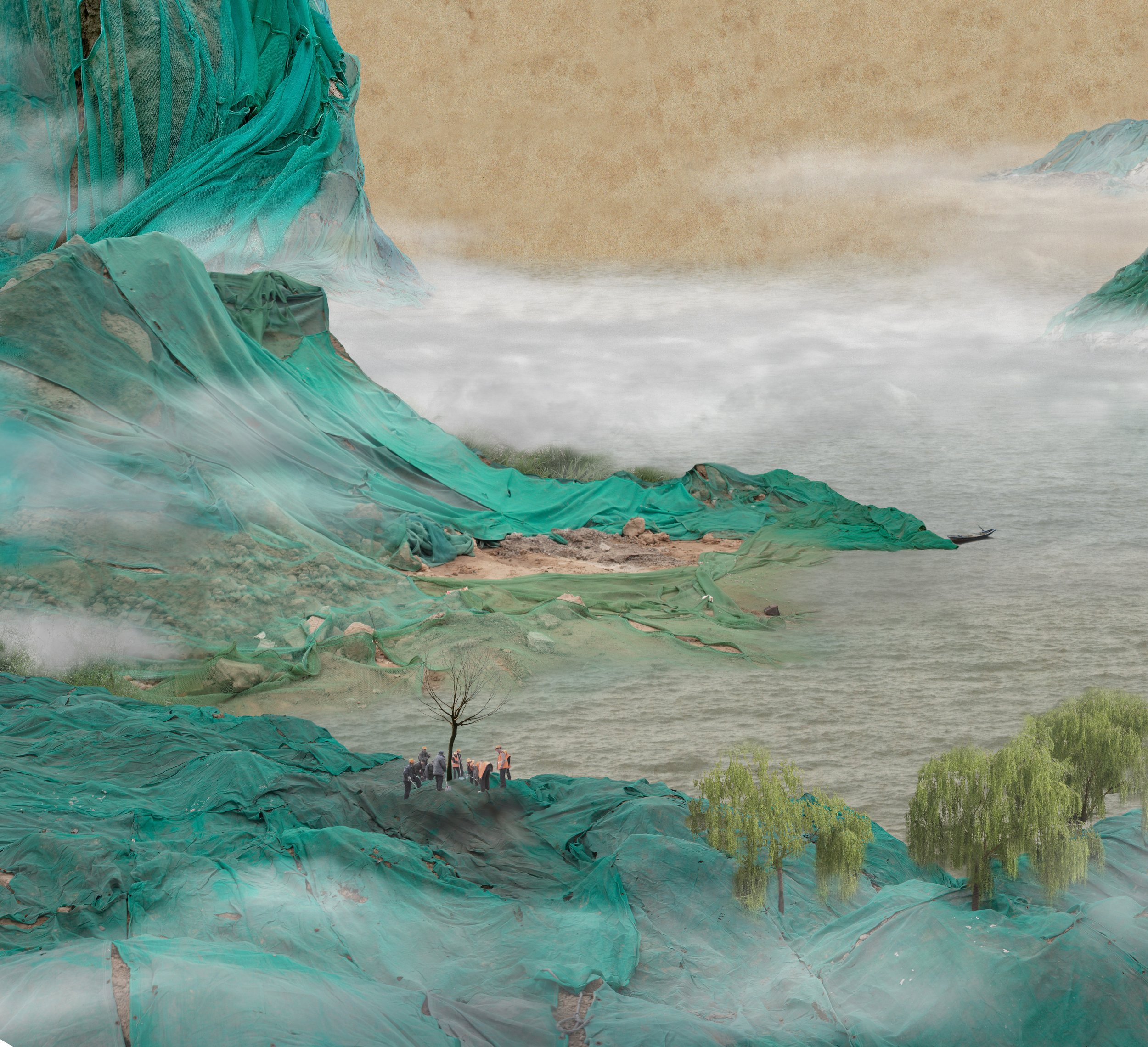

PRESS RELEASE
OPENART is pleased to present:
Impermanence of All Things
Online Group Exhibition
Lou Anmella-de Montalembert
February 24 – June 26, 2022
Artists:
Li Chevalier
Caroline de Boissieu
Lee Jin Woo
Yao Lu
Yang Yongliang
Jiang Zhi
“”Humanity follows the Earth,
the Earth follows Heaven
Heaven follows the Dao,
and the
Dao follows what is natural.”
– Lao Tseu, Tao Te Ching
Art often serves as a mirror to society, showing us how we think about the world and in particular, our relationship with nature. The evolution of representation and symbolism of nature reflects the various currents of thought, philosophical or religious, which have influenced our culture.
"Impermanence of All Things" presented by OPENART Advisory + Projects is an invitation to observe and explore the representation of nature in contemporary art through the prism of Taoist thought. The title is inspired by aphorisms from The Book of the Way by Lao Tzu. This book echoes the interdependent links between man and nature through this ancient wisdom which suggests this universal connection and preservation of one by the other in total unison.
This exhibition suggests another perspective in which the audience can view the featured artworks, through the discovery of an ancient philosophy and wisdom which has aided in shaping a part of the Asian civilization. “Impermanence of All Things” utilizes the visual arts, and it’s history as a space for reflection, construction, and as an expression of various ways in which we can interpret the world.
Thoughts in the West have been marked by René Descartes’ dualism where nature and culture are separate - which assumes that humans are not an inherent part of nature, and from a notion where we conceptualize nature as an object to be studied and employed by humans to support our growth and evolution..
Far Eastern thoughts nourished largely by Taoism, advocates a harmonious relationship between man and nature. According to this philosophy, antagonisms complement each other, linked by a dynamic interdependence, similar to the yin-yang symbol: one does not exist without the other, one contains the other and one can become the other. Thus, Taoist thought does not offer a dichotomous view of the relationship between man and nature, but rather suggests that each pole is part of the other, and in support of their symbiosis. The importance given to nature is embodied in the history of Asian art through predominant emphasis given to landscape paintings, called shanshui in China, sansu in Korea and sansui in Japan; which translates to "painting of mountains and waters". This landscape painting does not offer representation from a fixed point of view, nor a formal depiction of nature, but strives to signify the creative power of nature and its permanent transformation. Human figures are often depicted on a small scale, reminding us that we are part of nature.
This ever-changing nature and its ephemeral characteristics are a reflection of passage in time. Everything passes and everything changes. The seed grows, the tree expands, its branches grow, and the green leaves unfold, fading before they wither and fall to earth. It can also depict rainwaters and how drops of water hit the land to form a river that flows down the mountain to the ocean, then evaporates to become a sea of clouds. Another example can be seen in mountains and rocks, although symbols of eternity, their permanence is an illusion as they evolve and erode over time. Through the natural elements and their life cycle, we discover ourselves and acknowledge our ever-changing future, impermanent and ephemeral.
This Taoist concept of life’s transience can also be seen in other Eastern philosophies including Buddhism. In Western philosophy, this concept first appeared in Panta Rhei (“Everything Flows”) by the Greek philosopher, Heraclitus. The still-life Vanitas paintings which flourished in the Netherlands during the 17th century also referenced the transience of life and futility of worldly pleasures with symbolic objects that reminded man of his Memento Mori, and with Romanticism in the late 18th century from Germany, contributed to the development of landscape paintings. Driven by Edmund Burke's theory of the sublime, this literary and pictorial movement gave a spiritual dimension to nature, as evidenced by the mystical paintings of Caspar David Friedrich which depicted the smallness of man in the face of impenetrable and terrifying nature.
Thus, the harmony between man and nature, and the impermanence of all things, are two fundamental principles of Taoist thought. “Impermanence of All Things” features artworks by Li Chevalier, Caroline de Boissieu, Jiang Zhi, Lee Jin Woo, Yang Yongliang and Yao Lu in which nature and landscape become a ground for philosophical expression in the age of ecological awareness.
"Impermanence of All Things" is not an exhibition of Taoist artists. It brings together artists rooted in contemporaneity, whose thought and art are fostered by multiple references, from here and elsewhere and from the past and of current times. Some are from Asia, others live and work in Europe, while some travel between continents, and draw inspiration from their cultural heritage, while others challenge traditions.
At the edge of landscape and abstraction, Li Chevalier's paintings recall the symbolic dimension of the shanshui landscape, a reflection of the artist's soul, while Caroline de Boissieu emphasizes the ambivalent character of water in her series of waves made with Indian ink. Jiang Zhi revisits the genre of still life with his photographs of flowers devoured by flames. Using the natural element of charcoal as a material, Lee Jin Woo invites the viewers to meditate about the circle of life. Whilst taking on the appearance of traditional shanshui landscapes, Yang Yongliang and Yao Lu's photographic montages warn about human activities and the fragility of nature and ecological imbalances caused by human activity.
"Impermanence of All Things” aims to engage the viewers to modify one’s gaze and observe the creation of these artists through the perspective of Taoist beliefs, allowing a new thread of thinking about art and consequently, the world.
OPENART Advisory + Projects
Driven by our passion for art and culture, we provide a dynamic and immersive journey into the international art world for our collectors in their discovery to finding artists and artworks for acquisition. Working together, we aim to build collections in line with our collectors values and mission that engage and inspire the viewers on a daily basis.
OPENART is an international art advisory with a collaborative team of fine art consultants and experts located in global art capitals including New York, London, Paris and Seoul. We curate relevant transcultural modern & contemporary art exhibitions with emerging and established artists and curators from around the world.
We work on all aspects of the collecting process including research, identifying and accessing artworks, negotiating acquisitions, deaccessions and collection management. Our collective experience encompasses art and culture consultation, curation, research, market analysis, passion assets management and investment and art project management to framing and final installation for private collectors, and residential, hospitality and corporate clients by sourcing and commissioning fine art, emerging, mid-career to blue chip, from around the world, in partnerships with international galleries, auction houses, private collectors and institutions.
For inquiries & media information:
info@openartadvisory.com
For sales inquiries:
Christine Lee
christine@openartadvisory.com
+917.224.0680
www.openartadvisory.com
Images courtesy of the artists.

